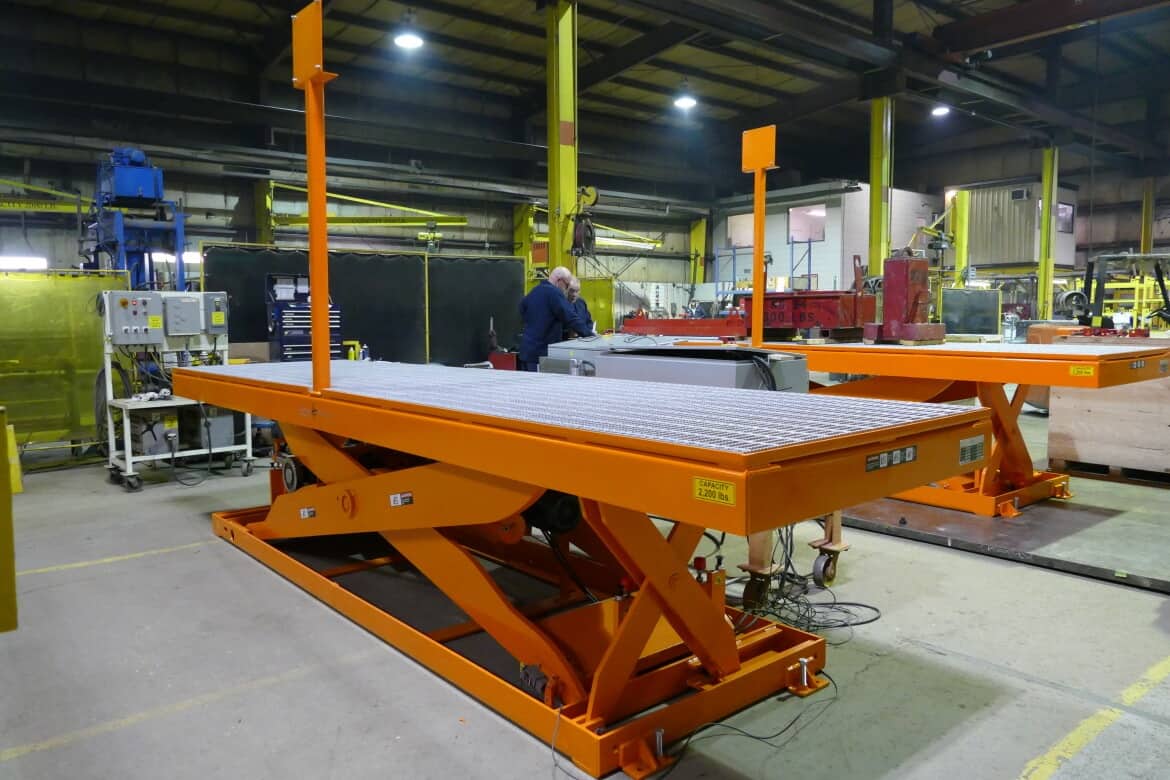In the logistics and distribution industry, warehouses are the vital touchpoints where goods are stored, organized, and dispatched as per customers’ rapidly-growing customer demands. Efficiency in such environments is more than speed — it is also safety, cost, space and people satisfaction. One crucial but frequently underrated factor in reaching such multidimensional efficacy is deploying Scissor lift tables strategically. These devices allow teams to perform with increased agility and less risk of injury by introducing precise vertical movement and allowing for ergonomic handling of goods into a process that would traditionally require manual labor. In the realization that warehouses are no longer simply storage facilities but intricate fulfillment centers, the need for advanced material handling equipment could not be clearer. In this regard, Scissor lift tables from Team Systems offers an investment with the flexibility to meet operational targets as well as human considerations, thereby establishing a new benchmark for warehouse output.
A History of Material Handling Development
In the last few decades, warehouse material handling has evolved dramatically. This has spanned from simple handcarts and manual forklifts to automated guided vehicles and robotics, with each technological advance onboard to boost the flow of goods, while removing the need for laborious tasks. Some of the earlier type of warehouses use a lot of human power and brain, often to the detriment of the worker’s health and performance. The mechanized conveyor and pallet jack was the first big change, but this equipment only tackled horizontal movement, leaving vertical obstacles untamed. Understanding the risks and inefficiencies associated with manually lifting commodities to workbenches or conveyor heights, innovators created Scissor lift tables from Team Systems, specialized platforms that can raise and lower loads in a stable and exact manner. This evolution highlighted a larger trend in the industry: the convergence of ergonomics and automation to help design warehouses that are safer, smarter and faster.
How Scissor Lift Tables are Helping Modern Warehouses
Today, fulfillment centers ship tens of thousands of orders per day and with each of these orders, diverse products must be handled carefully, from fragile electronics to heavy crates. In these type of alternative settings, Scissor lift tables acts like vertical workstations that act as a connector between storage racks, packing stations and transport vehicles. Instead of having fixed-height platforms, which forces people to work at improper heights and encourages bending, stretching, and twisting motions that can cause the most cacophony of musculoskeletal disorders, these tables rise and lower so that it is at an optimum ergonomic height. Also, they allow staging of pallets at different heights for smooth hand-offs between forklifts and conveyor systems. Properly integrated, the lift table is the heart of material flow, facilitating clear unobstructed passage of items through each step of the order fulfillment cycle. Prioritize positioning goods at optimal levels to minimize handling mistakes, shorten cycle times, and improve overall throughput.
Main CharacteristicsRegarding Scissor Lift Tables
The versatility of the Scissor table arises from a unique combination of rugged construction and precision engineering. The scissor-style support mechanism at the center is driven by hydraulic, pneumatic or electrical drives that ensure smooth and controlled actuation. Platforms are usually ergonomically designed, featuring non-slip surfaces and rounded edges that avoid damaging goods and operators. Load capacities cover a wide range, suitable for light packages through to heavy pallets, while lift heights can be tailored to suit low clearance docks or high-bay racking systems.
Final thoughts
Integrated safety measures including mechanical locks, pressure relief valves, and emergency stop controls help operators feel secure. Modular accessories, such as tool trays, power outlets or workbench extensions can be added, converting a simple lift table into a multifunctional workstation. Scissor lifttables will always be needed in various warehousing uses thanks to these design improvements.By adopting the technology now, you’re setting the stage for tomorrow’s advancements and establishing a competitive advantage in an ever-evolving logistics environment.




